Despite a growing network of cycle routes in the UK, many people choose to ride on roads instead of using the purpose built infrastructure.
So WHY do so many cyclists shun cycle paths in favour of roads?
Because not everything built for a specific purpose is created to a high standard.
Much of the existing cycling infrastructure in the UK is poorly designed. It doesn't always provide safety.
Many cycle paths are inconvenient for cyclists - particularly for those who are experienced.
When I drive, I expect to get to my destination using the most convenient route available. This tends to be the quickest or shortest route.
Traveling from my home to my place of work along cycle routes is a frustrating experience. In order to reach the 'recommended' cycle route, I first have to travel away from my intended destination - via the road. This adds considerable time to the journey.
Once there, I'm faced with a cycle path that has a less than perfect surface.
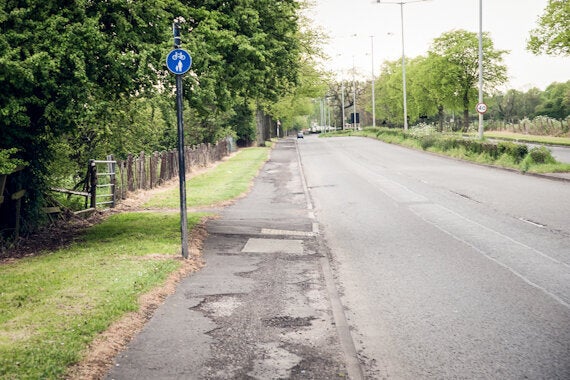
My road bike, with its dropped handlebars and skinny tyres is lightweight and designed for speed. On this stretch I have to go very slowly along the uneven terrain.
Further ahead, I'm able to join a purpose built cycle path where the surface improves considerably and I'm finally able to build some momentum.
But it's short-lived, as I have to stop to give way to vehicles coming from a side road.
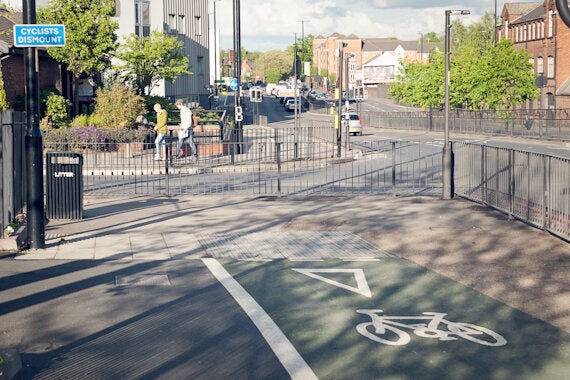
Though not a legal requirement, the advice is to dismount.
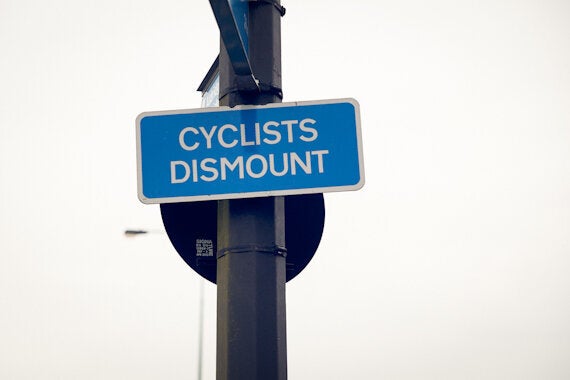
A little further along I have to stop to give way at another side road.
And ANOTHER one after that.
There's a major junction up ahead, but once again the design doesn't accommodate cyclists.
The advice is to dismount.
Having to repeatedly give way at every side road is an inconvenience.
An inconvenience that could be avoided through improved design.
Asking cyclists to dismount should be a last resort.
The ability to travel consistently, with few interruptions is equally important to those who cycle.
Once past the junction, I'm able to get back on my bike and join a cycle lane on the road. It goes on for 20 feet then disappears before the bend.
At a point where cyclists are particularly vulnerable.
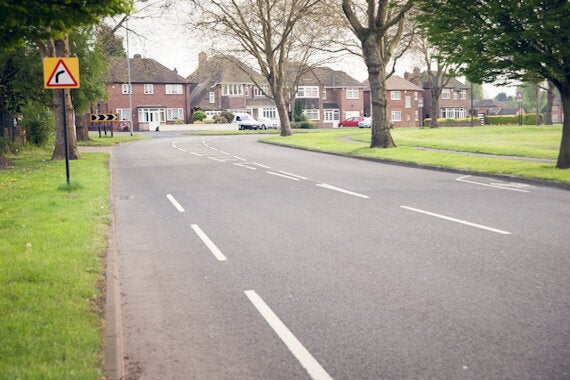
Once round the corner, the cycle lane re-appears.
But it's typically full of parked cars.
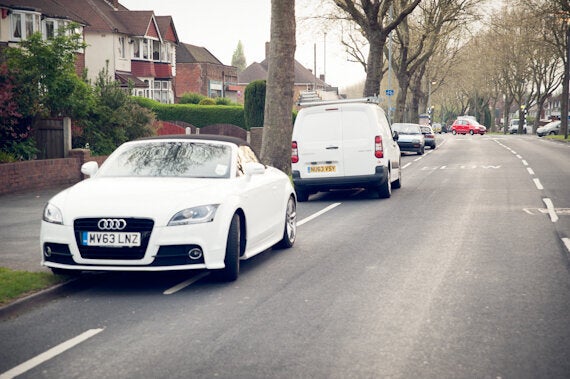
I'm forced to move into the road, making sure to avoid the 'door zone' as I pass the parked cars
Further ahead, the cycle lane comes to an end, so I'm directed back onto a cycle path.
On which someone has erected a road sign.
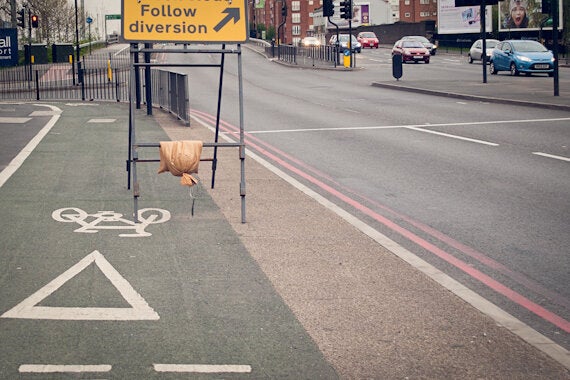
At the junction I want to go straight ahead. But since I'm on a bike I have to veer off to the side and take the long way around, giving way at the side road.
It's indirect and inconvenient.
After a laborious, disjointed journey along obstacle-laden paths and evaporating cycle lanes a sign ahead indicates that the route has come to an end.
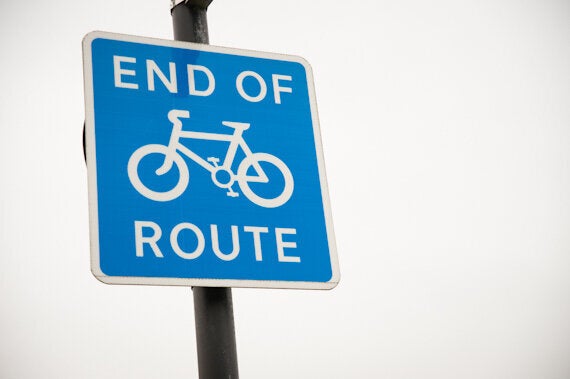
But my journey hasn't.
I therefore have to re-join main roads to get to my place of work in the city centre.
After enduring this type of infrastructure for a while I stopped using cycle routes in favour of roads.
The Highway Code states that such facilities are not compulsory and it's down to the individual to decide whether or not to use them, based upon their own skills and experience.
Existing cycling infrastructure imposes too many restrictions on cyclists. Routes aren't well connected and many end abruptly or don't lead to where people want to go.
The fragmented, stop-start design coupled with some poorly maintained surfaces make many paths an undesirable option.
People are unlikely to rely on infrastructure that adds significant amounts of time to their journeys. Particularly journeys they are making by their own efforts.
Cycle paths should be seamless, direct and designed with the goal of mass cycling in mind.
In cities like Amsterdam, the majority of cycle paths are built to a high standard.
Wherever possible, motorists, cyclists and pedestrians do not occupy the same space.
Lampposts, trees and other obstacles do not impede cycle paths.
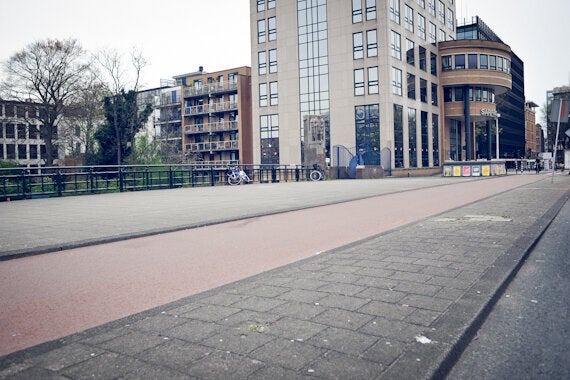
Cyclists are accommodated for at busy junctions. They are not asked to dismount.

It's not just cyclists who benefit from high quality infrastructure.
As more people cycle, less will drive. That means reduced congestion and clearer roads.
But to make this happen, there has to be commitment and sufficient funding to build high quality, segregated infrastructure.